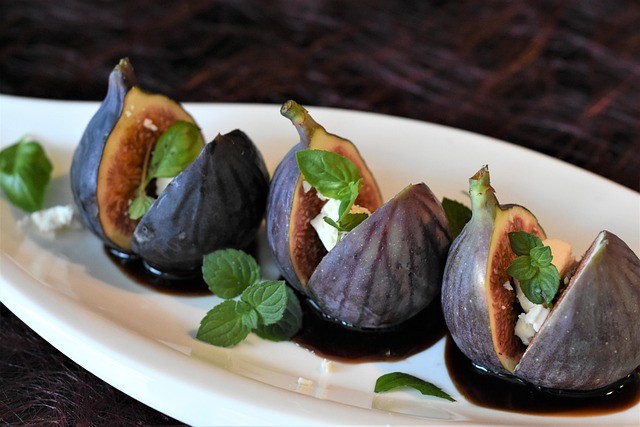Balsamic vinegar is a dark, richly flavored condiment with a long and fascinating history. Its origins trace back to ancient civilizations in the Mediterranean region, particularly in Italy. Here’s an exploration of the history and origins of balsamic vinegar:
1. Ancient Roots:
The roots of balsamic vinegar can be traced back to ancient civilizations in the Mediterranean, including the Romans and Greeks. These cultures used vinegar as a preservative, flavor enhancer, and medicinal tonic.
2. Medieval Italy:
The development of true balsamic vinegar is often associated with the city of Modena in the Emilia-Romagna region of Italy. In the Middle Ages, villagers in Modena began making a type of vinegar from grape must (freshly crushed grape juice with skins, seeds, and stems). This concentrated grape must was aged in wooden barrels.
3. Early Balsamic Vinegar:
Early balsamic vinegar was likely less sweet and more akin to what we now consider wine vinegar. Over time, the process of aging in wooden barrels and the natural fermentation of the grape must gave rise to the complex flavors and characteristics associated with traditional balsamic vinegar.
4. Renaissance and Culinary Renaissance:
Balsamic vinegar gained popularity during the Renaissance, not only as a condiment but also for its reputed health benefits. It was believed to possess medicinal properties and was often used as a tonic.
5. Traditional Balsamic Vinegar of Modena:
The true traditional balsamic vinegar of Modena is a highly prized and regulated product. It is made from cooked grape must that is aged through a meticulous process in a series of wooden barrels, often ranging from a minimum of 12 years to well over 25 years. The aging process takes place in a specific manner, with the vinegar being transferred to smaller barrels made from different types of wood as it matures. This long aging imparts the vinegar’s distinctive flavors, complexity, and viscosity.
6. Modern Production:
While traditional balsamic vinegar of Modena remains a premium product, the popularity of balsamic vinegar led to the development of various commercial versions. These include “Balsamic Vinegar of Modena,” which is often a less expensive and younger product made with a combination of grape must and wine vinegar.
7. Culinary Uses:
Balsamic vinegar has become an essential ingredient in Italian and international cuisine. It’s used as a drizzle over salads, vegetables, meats, and even desserts. Its complex, sweet-tart flavor profile adds depth and richness to a wide variety of dishes.

8. Culinary Tourism:
In recent years, balsamic vinegar producers in Modena have embraced culinary tourism, welcoming visitors to learn about the traditional production process and taste aged balsamic vinegar.
The history of balsamic vinegar is intertwined with cultural, culinary, and medicinal practices that have evolved over centuries. It remains a cherished ingredient that adds a distinctive touch of flavor and tradition to dishes around the world.









